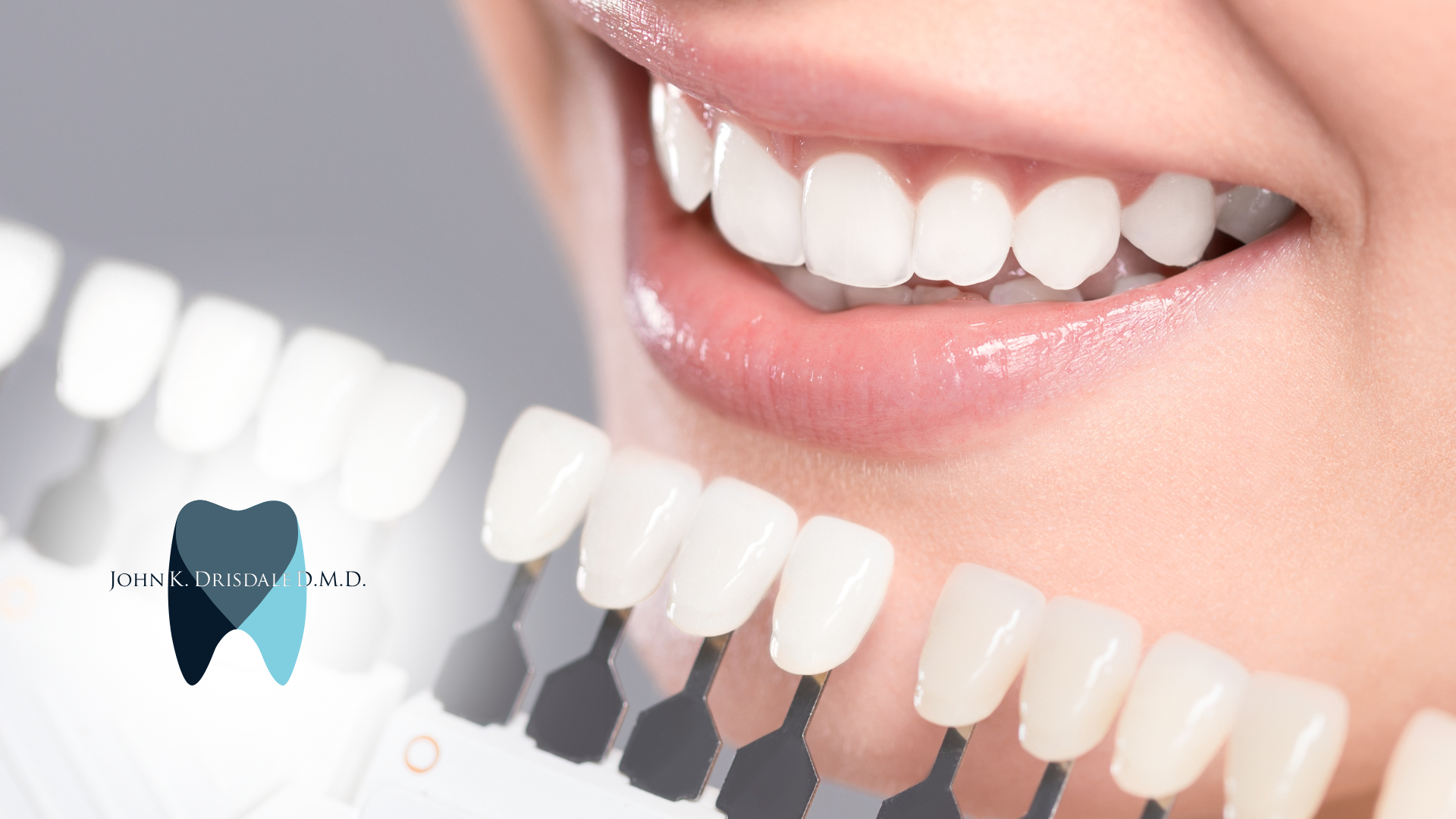How long does pain last after tooth extraction?
Understanding Pain After Tooth Extraction
Normal Pain Duration
After a tooth extraction, experiencing some level of pain is expected. The intensity of pain can vary, but it typically diminishes significantly within the first few days. Most patients find that the pain becomes more manageable with each passing day.
Factors Influencing Pain Levels
Several factors can influence how much pain you feel after an extraction. These include the complexity of the extraction, the patient's pain threshold, and adherence to post-operative care instructions.
Pain Variation Among Individuals
Pain perception and tolerance differ from one individual to another. Some might need minimal pain management, while others may require more intensive pain relief strategies. Monitoring your pain and communicating with your dentist about any concerns is important.
Immediate Post-Extraction Period
First 24 Hours
The first 24 hours after tooth extraction are crucial for the formation of a blood clot at the extraction site. This period is typically marked by some bleeding and pain, which are normal responses as the body initiates the healing process. It's important to follow post-operative instructions closely during this time to ensure proper healing and to minimize complications.
Formation of Blood Clot
During the initial hours post-extraction, the body works to form a blood clot in the socket where the tooth was removed. This clot is vital as it protects the underlying bone and nerves and aids in healing. Patients are advised to avoid activities that might dislodge the clot, such as vigorous rinsing, sucking actions, or smoking.
Initial Swelling and Bleeding
Swelling and bleeding are common after tooth extraction but should decrease over the next few days. To manage swelling, apply ice packs to the cheek adjacent to the extraction site. For bleeding, gentle pressure with a clean gauze can be adequate. If bleeding or swelling persists beyond what is considered normal, it is important to contact your dentist.
Note: Always keep your head elevated to reduce bleeding and swelling, and take prescribed pain relievers as directed to manage discomfort.
Managing Pain in the First Few Days
Pain Relief Methods
In the initial days following a tooth extraction, managing discomfort is crucial. Over-the-counter pain medications like ibuprofen are effective in reducing pain and swelling. Cold compresses can also alleviate swelling, while warm compresses may soothe the area after the first day.
Role of Pain Medication
Pain medication plays a vital role in the immediate recovery phase. It not only helps manage pain but also reduces inflammation. To optimize pain relief, it's important to follow the prescribed dosage and timing.
Monitoring Pain Progression
Keeping track of your pain levels is essential to ensure they decrease as expected. If pain persists or intensifies, it may indicate complications such as infection or dry socket. In such cases, consulting your dentist is advisable.
What to Expect in the First Week
Decrease in Pain Intensity
By the end of the first week, most patients experience a significant decrease in pain intensity. The initial discomfort and sensitivity around the extraction site begin to subside, making daily activities more manageable.
Healing Process
The healing process is well underway by the first week. Stitches may dissolve or be ready for removal, and the extraction site should show signs of recovery. Maintaining gentle care around the area is crucial to prevent any disruption to the healing tissues.
Continued Care and Precautions
During this period, avoid vigorous brushing near the extraction site and refrain from chewing hard foods on that side to prevent irritation or infection. Regular oral hygiene is essential, but it should be performed carefully to aid in a smooth recovery.
Exceptional Cases: Surgical Extractions and Dry Socket
Extended Pain Duration
Due to the complexity of surgical extractions, the pain can last significantly longer than in simple extractions. Patients should be prepared for a recovery period beyond the usual few days.
Managing More Severe Pain
Effective management of severe pain post-surgical extraction or dry socket often requires a combination of treatments. These include:
- Prescription pain relievers
- Medicated gels or pastes
- Regular dressing changes to protect the socket
Preventing Complications
Following all aftercare instructions provided by your dentist is crucial to preventing complications such as dry socket. Avoid smoking and using straws, as these can dislodge the blood clot that is essential for healing.
When to Seek Further Medical Advice
Persistent Pain Beyond Normal Duration
Persistent pain that lasts more than a few days after tooth extraction can be a sign of complications. It's important to monitor the pain's intensity and duration. If over-the-counter pain relief does not alleviate the pain, or if the pain escalates, it's crucial to seek medical advice. In such cases, contacting the best dentist in Midland, TX, for expert guidance is advisable.
Signs of Infection
Infections can manifest through symptoms such as bad breath, increased swelling, or a foul taste in the mouth. If you notice these signs or if your symptoms worsen over time, consulting your dentist is necessary. Early detection and treatment of infections are vital for preventing more severe health issues.
Consulting Your Dentist
If you experience severe pain, signs of infection, or any other concerning symptoms, do not hesitate to contact your dentist. Regular follow-ups can help ensure your recovery is on track and prevent potential complications. Remember, being proactive about your health is better to avoid long-term consequences.
Long-Term Healing and Recovery
Timeline for Complete Healing
Complete healing after tooth extraction can take several weeks to several months, depending on individual factors and the complexity of the extraction. The initial healing phase, where soft tissue begins to close over the extraction site, typically lasts up to two weeks. However, the complete regeneration of bone in the extraction area can take up to six months.
Factors Affecting Recovery Speed
Several factors can influence the speed of recovery after tooth extraction:
- Age: Older individuals tend to heal slower.
- Health conditions: Pre-existing health conditions like diabetes can delay healing.
- Smoking: Smoking can significantly slow down the healing process.
- Type of extraction: Surgical extractions generally take longer to heal than simple extractions.
Maintaining Oral Health Post-Extraction
Maintaining good oral hygiene is crucial for preventing infections and ensuring a smooth recovery. Here are some tips to help maintain oral health after an extraction:
- Avoid using a straw and smoking, as these can hinder the healing process.
- Eat soft foods and gradually reintroduce solid foods as you heal.
- Continue regular dental hygiene practices, but be gentle around the extraction site.
Remember: Regular follow-ups with your dentist are essential to monitor healing and address any complications early.
Frequently Asked Questions
How long does pain typically last after a tooth extraction?
Pain after tooth extraction generally subsides within two to three days for simple extractions but can last up to a week for more sensitive patients. Surgical extractions and cases with complications like dry socket may experience pain for up to two weeks.
What should I expect in the first 24 hours after a tooth extraction?
You can expect some bleeding and pain. A blood clot should form in the socket within this period, which is crucial for healing.
How can I manage pain after tooth extraction?
Pain can be managed using prescribed pain medication, applying ice packs to reduce swelling, and following your dentist's care instructions closely.
Is it normal to have swelling and bleeding after an extraction?
Yes, it is expected to experience some swelling and residual bleeding within the first 24 hours after the extraction.
When should I seek medical advice after a tooth extraction?
You should consult your dentist if the pain persists beyond the expected duration, if there are signs of infection, or if you experience severe pain that does not improve with medication.
What are the signs of infection to watch out for after a tooth extraction?
Signs of infection include persistent pain, excessive swelling, pus around the extraction site, and fever.




